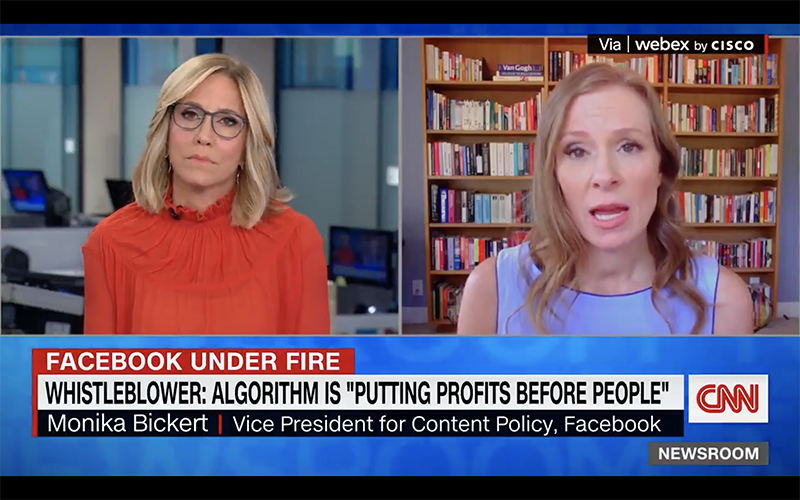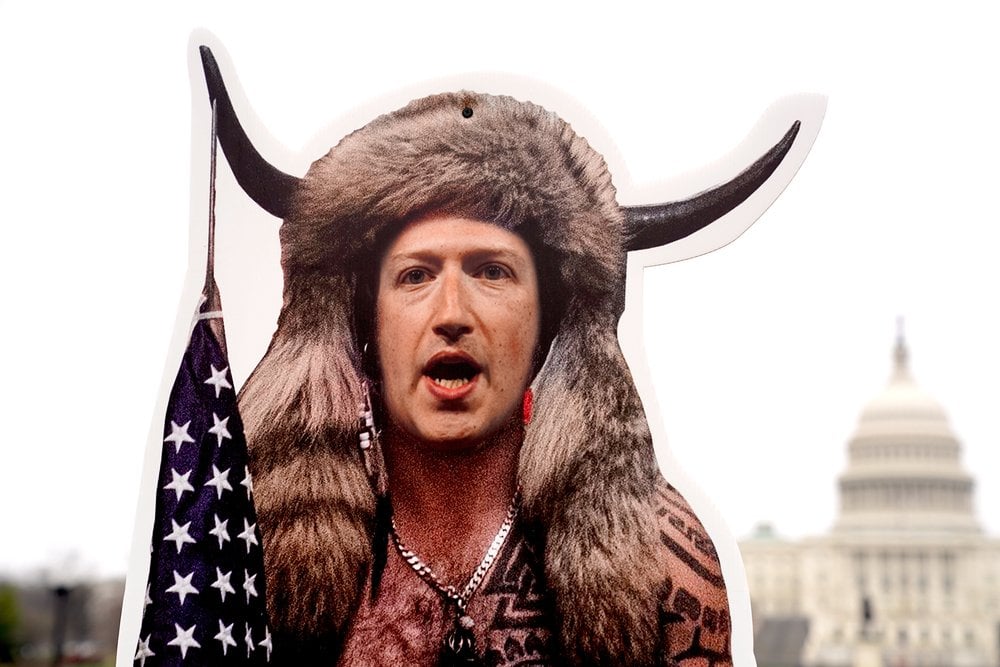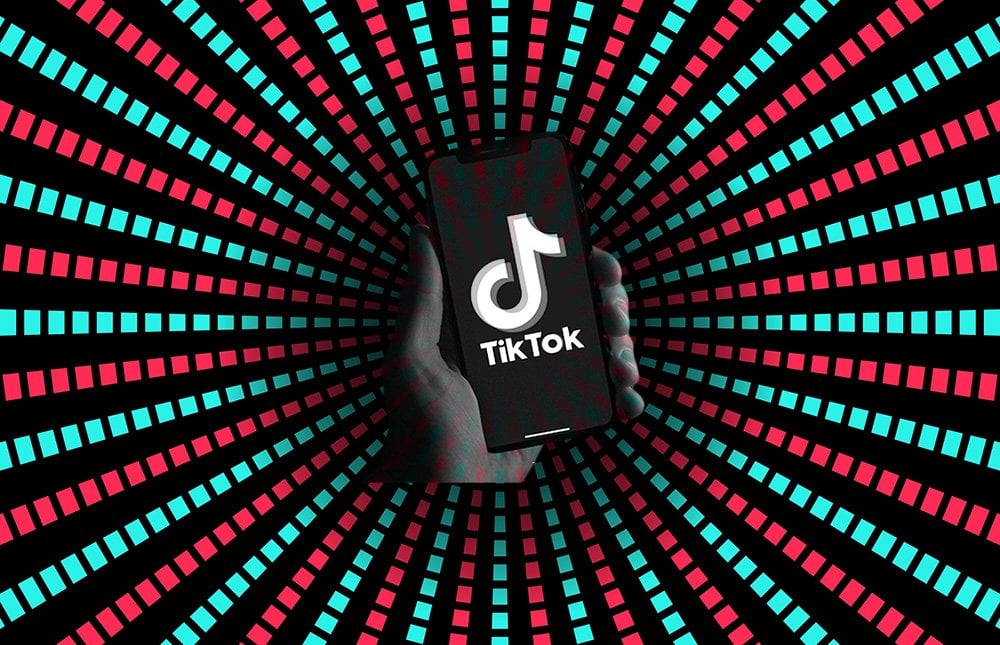These days, Big Tech is in the cross hairs of Congress, and everyday people. The federal government is considering investigating the competitive frameworks around Google, Facebook, Amazon and Apple. But despite the hoopla about privacy, the thing you probably feel the most screwed by is your cable bill. It’s the recurring charge that seems to increase every year, despite the fact that you’re watching less traditional television. Maybe you’ve considered cutting the cord. In the meantime, you’re paying for internet access in two places: in your home, and on your phone. There’s no part of the media industry more at risk than the one enabling the access to content and information: internet access providers, both cable broadband and wireless.
We’ve previously discussed the three Hindenburgs: This media complex made up of the relationship between content creators (networks like Disney and CBS), promoters (brands and advertisers like Procter & Gamble and Ford), and the pipe in-between (cable and wireless internet companies), are on a collision course. Winners are bound to emerge from the former two. But the cable and wireless internet access companies are in trouble in terms of revenue growth, as consumers demand more for less, and pricing pressure.

People don’t care if the content is being streamed from the wireless network, or the wireline cable broadband delivered Wi-Fi network. It doesn’t matter, and the only time you notice is when there is a connectivity problem.
We’re getting access to more data than ever before. In fact, our access to mobile data is rising at about 50% annually, while our subscription bill for internet access is climbing at 5%-10%. The problem internet service providers (ISPs) face is that although the cost of data is falling, data consumption is rising at a faster rate than price increases can currently be levied. Look no further than Verizon or AT&T’s recent financial results to appreciate the tempering of growth projections due to heated competition for unlimited data plans. In other words, there are few places elsewhere where the bang for your buck is increasing at the same rate.
There’s a lot of understandable fear about the proposed merger between T-Mobile and Sprint. Many naysayers discuss the competitive field of major ISPs in the U.S. decreasing from four players to three, thus yielding risk of pricing power used against consumers. The reality of the situation, however, is that even if the merger succeeds, there are five real players, once you include Comcast and Time Warner into the mix. What critics may not appreciate is that having a scaled third alternative that can complete on level footing with Verizon and AT&T should lead to more competitive offerings.
It’s important to underscore is that internet access has evolved from being a privilege to being a “right.” As a result, consumers will treat it no different than any basic service, like electricity. While the latter is home to monopolies, in this case consumers will have at least five service providers to choose from, particularly as the decision between wireless and wireline cable broadband connectivity becomes agnostic.

5G is the unseen elephant in the room by offering faster speeds than cable broadband, in most cases. It’s an important distinction from previous networks, because it’s the first time that streaming quality can out-shadow your wireline connection. In other words, mobile internet access speeds on your 5G network enabled smartphone can surpass that of your home Wi-Fi network.
Ultimately, all distributors face a catch-22 as old technology competes against new. On the cable broadband side, it’s about squeezing out what’s left from legacy connectivity as competition from 5G mounts. And on the wireless side, while they are inherently better positioned, these entities still need to invest heavily in building out the networks, but in the face of pricing power shifting favorably toward consumers. Revenue and profits are being pressured by the transition toward unlimited plans. The double dipping of cable companies by charging for cable and mobile internet access is coming to a head. Between wireless and cable broadband which would you choose?
Going forward, you can expect the rift between the wireline broadband and mobile wireless providers to only grow. This should result in downward pressure on prices across the board. The collapse of content bundles, and the proliferation of 5G, will catalyze these dynamics. For distributors, this is the textbook definition of being stuck between a rock and a hard place. Ultimately, consumers will win.
















